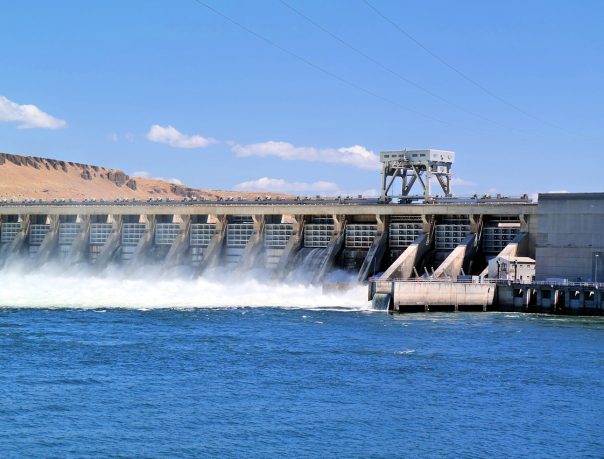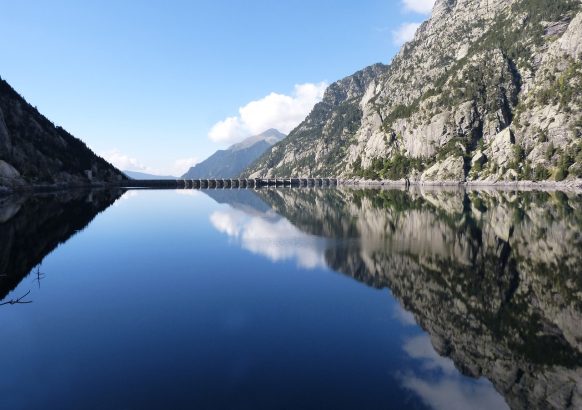Hydro
In the hydroelectricity industry, diverse players such as engineers, project managers, regulatory bodies, and local communities rely on clear documentation. Translating technical manuals for engineers, environmental impact reports for regulatory bodies, and community engagement materials ensures effective collaboration and compliance. This helps foster local support and understanding, crucial for successful project implementation. Here are some key examples of content Verum Vita expertly translates.
Hydrological Studies
- Flow Measurements: Data and reports on river flow rates and patterns.
- Water Quality Reports: Analysis of water quality in reservoirs and downstream areas.
- Sediment Transport Studies: Documentation of sedimentation rates and impacts on water bodies.
Dam Safety Documentation
- Structural Integrity Reports: Assessments of the physical condition of dams and related structures.
- Seismic Analysis Reports: Evaluations of how dams and hydroelectric structures will perform during seismic events.
- Safety Inspection Reports: Records of regular safety inspections and maintenance activities.


Environmental and Social Impact Mitigation Plans
- Aquatic Habitat Restoration Plans: Strategies for restoring habitats affected by hydroelectric projects.
- Resettlement Action Plans: Documentation related to the resettlement of communities displaced by hydroelectric projects.
- Cultural Heritage Impact Assessments: Evaluations of how projects will affect cultural and historical sites.
Reservoir Management Plans
- Water Level Management Plans: Strategies for managing water levels in reservoirs to optimize power generation and prevent flooding.
- Flood Control Plans: Measures to manage and mitigate the impacts of flooding.
- Fish Passage Plans: Designs and strategies for ensuring the safe passage of fish and other aquatic life around dams.
These hydroelectricity-specific documents are essential for the planning, operation, and maintenance of hydroelectric projects, and their translation ensures that all stakeholders can fully understand and engage with the technical, environmental, and social aspects of these projects.

